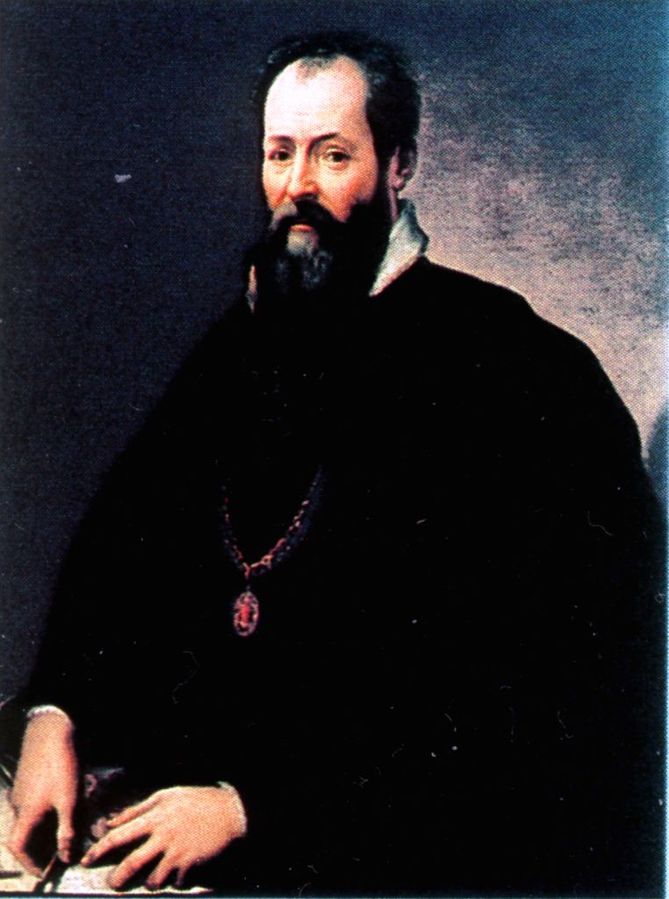
Don’t forget to click on the artwork!
There were no Renaissance artists whose names began with Y, so I thought I would tell you about Vasari, whose name has come up some many times in the telling of the lives of the other artists.
Giorgio Vasari (1511 –1574) was an Italian painter, architect, writer -historian, and you have been introduced to him as the author of Lives of the Most Excellent Painters, Sculptors, and Architects, the book that founded art history. He was born in Arezzo, Tuscany, and as a child
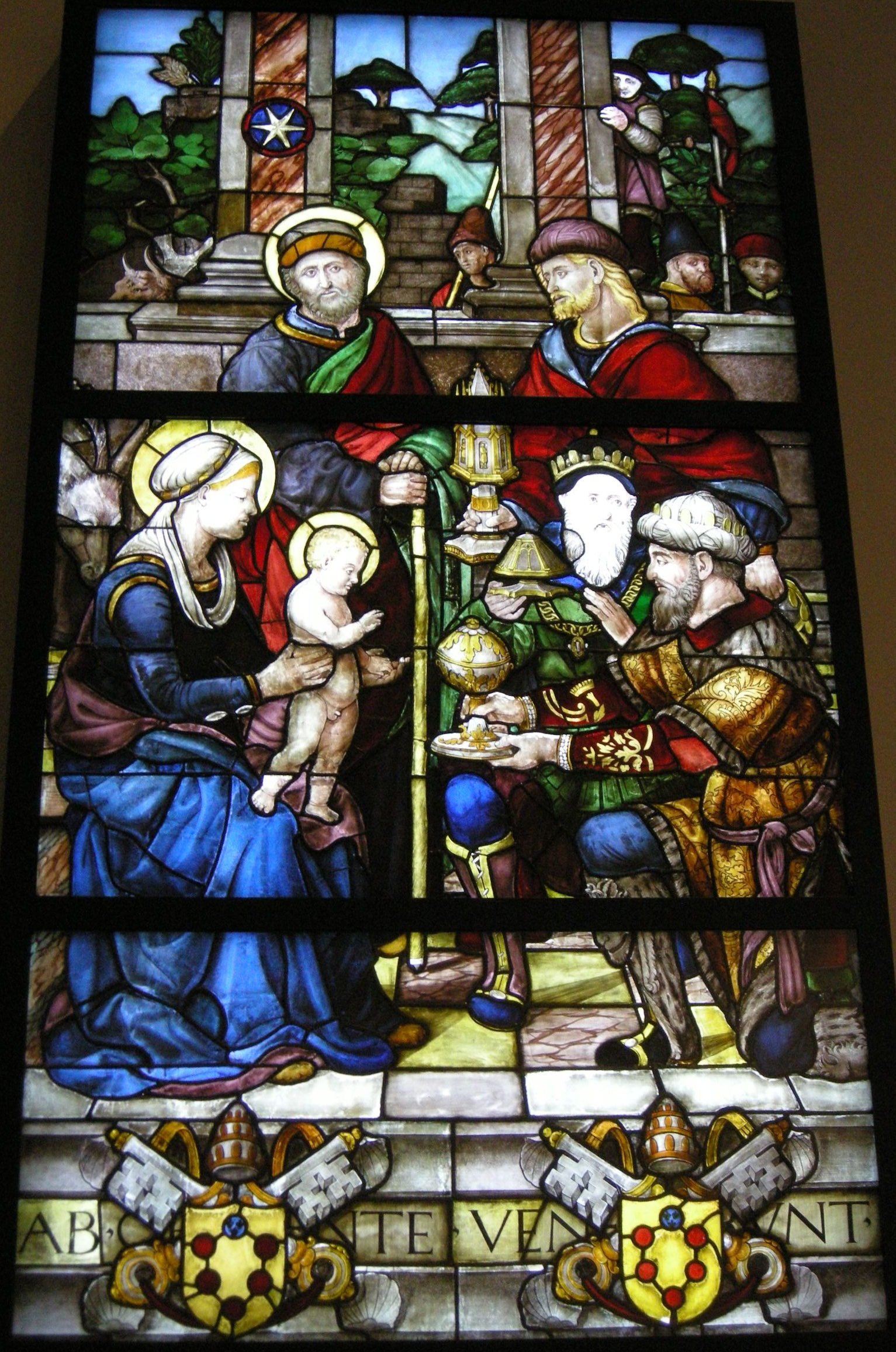
became the pupil of Guglielmo de Marcillat, a painter of stained glass. He was sent to Florence when he was 16, where he joined the workshop of Andrea del Sarto, a renowned painter during the late Renaissance and early Mannerist period. Vasari was befriended by Michelangelo, who would have a strong impact on his painting style.
Vasari was a Mannerist, that is, his paintings were notable for their
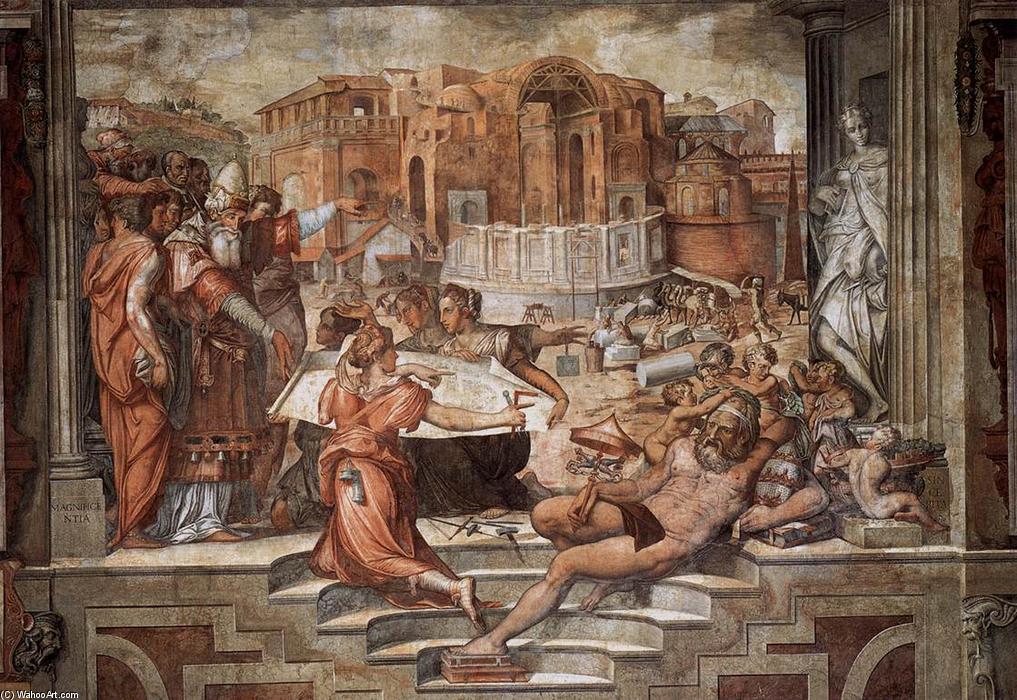
intellectual sophistication as well as its artificial (as opposed to naturalistic) qualities. Mannerism favors tension and instability in contrast to the balance and beauty of earlier Renaissance paintings. Some of his earliest work were frescoes for the hall of the chancery in Palazzo della Cancelleria in Rome, depicting scenes from the life of Pope Paul III. Note the disproportionate bodies, some with extensive elongation, and the tension in the scene.
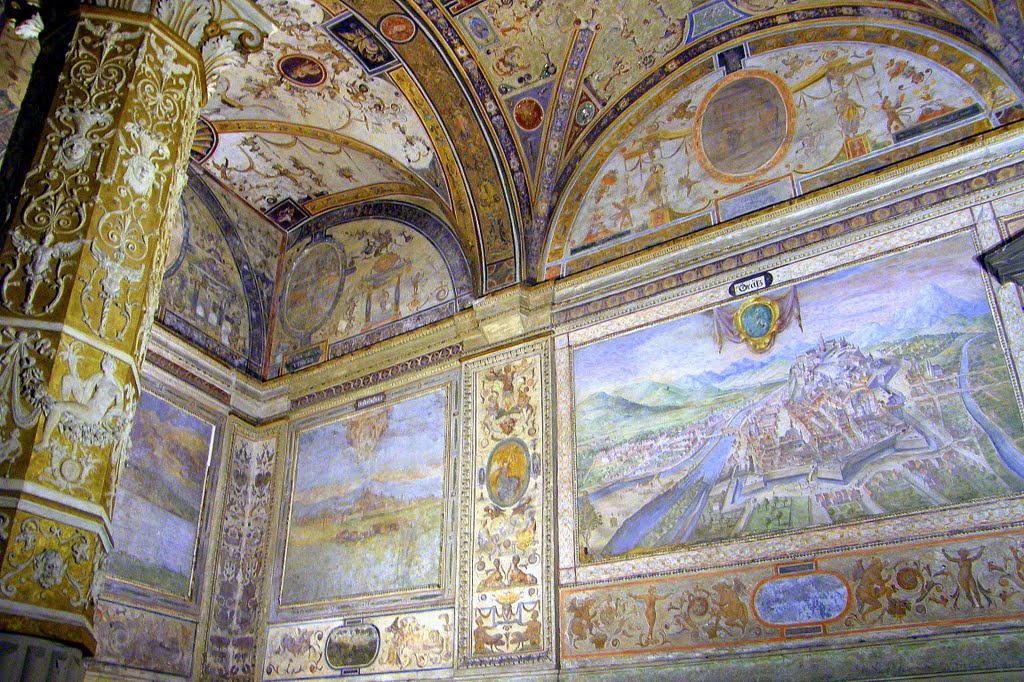
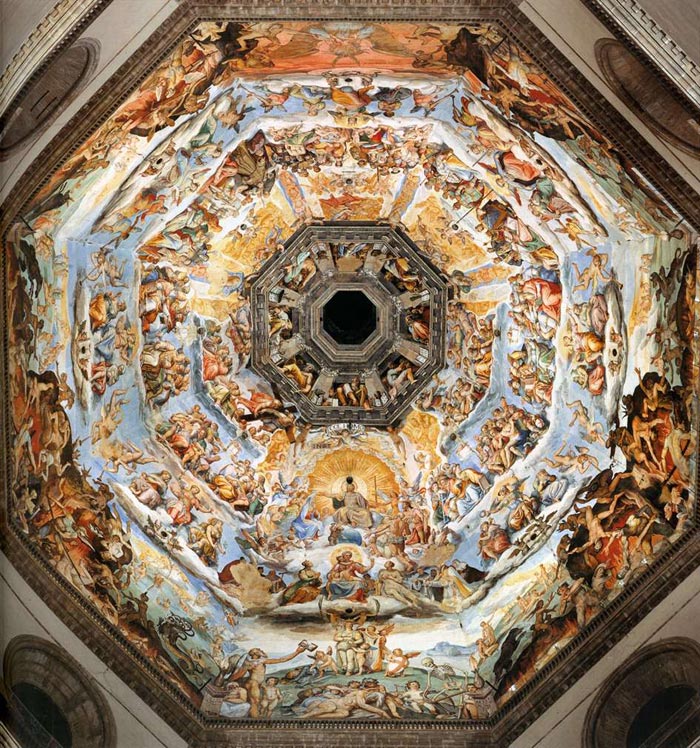
Vasari was consistently supported by the Medici family in both Florence and Rome, and many of his paintings still exist. The most important of his frescoes are considered to be those on the wall and ceiling of the Palazzo Vecchio in Florence, beginning in 1555, and the Last Judgment inside the vast cupola of the Duomo, begun by Vasari and finished by others after his death.
Vasari’s paintings have often been criticized as being facile, superficial, and lacking a sense of color, and he is now regarded
more highly as an architect than as a painter. His best-known buildings are the Uffizi in Florence, built for Cosimo I de’ Medici, and the church, monastery, and palace created for the Cavalieri di San Stefano in Pisa.
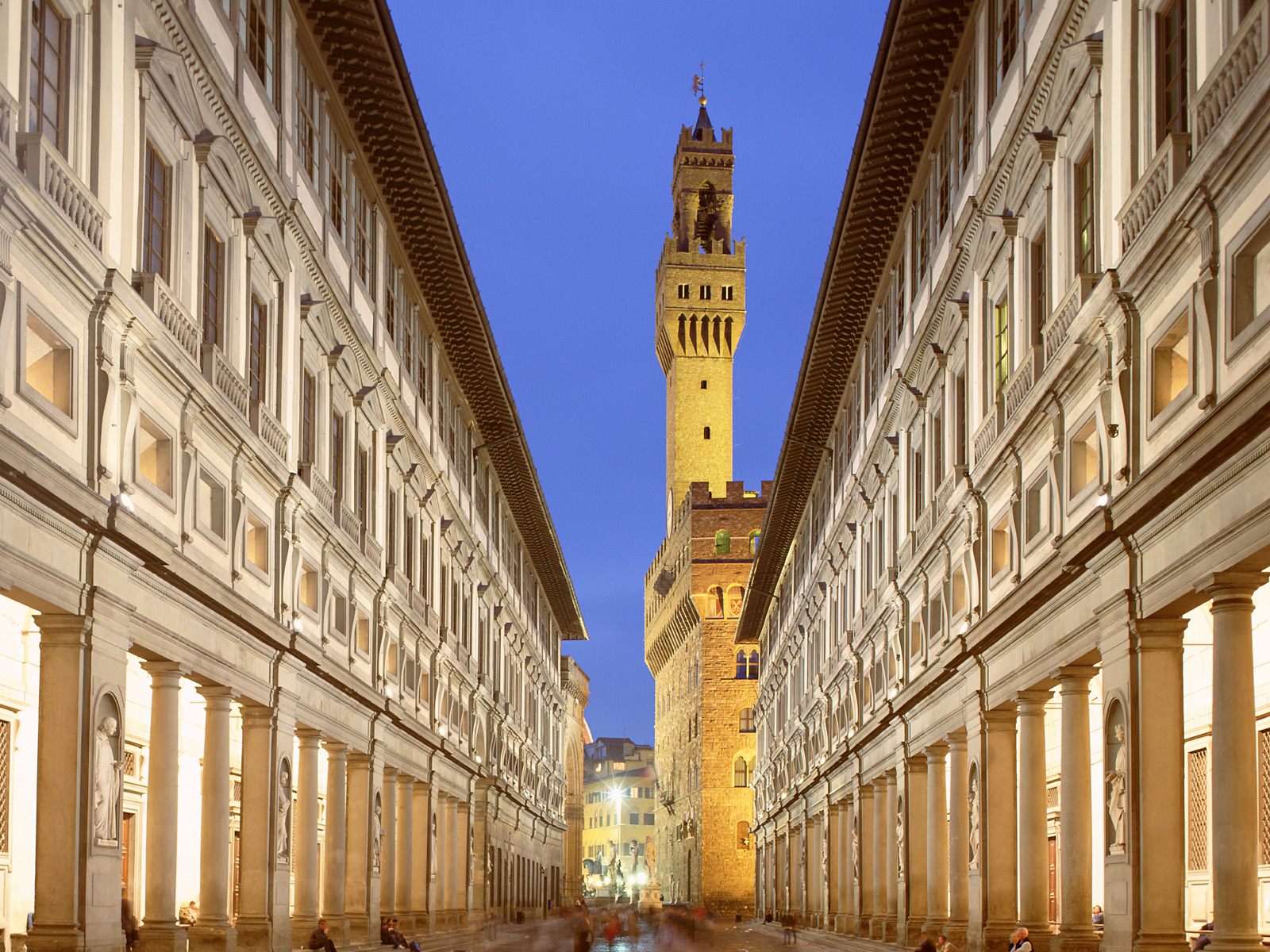
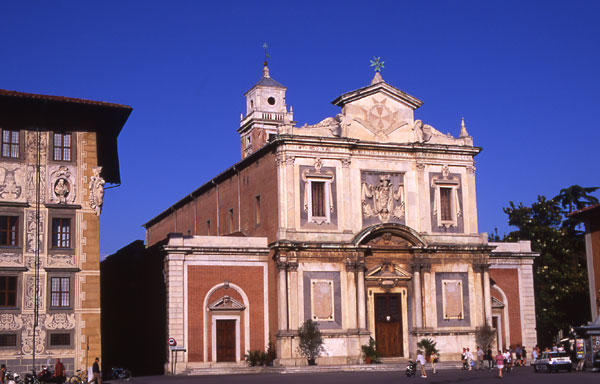

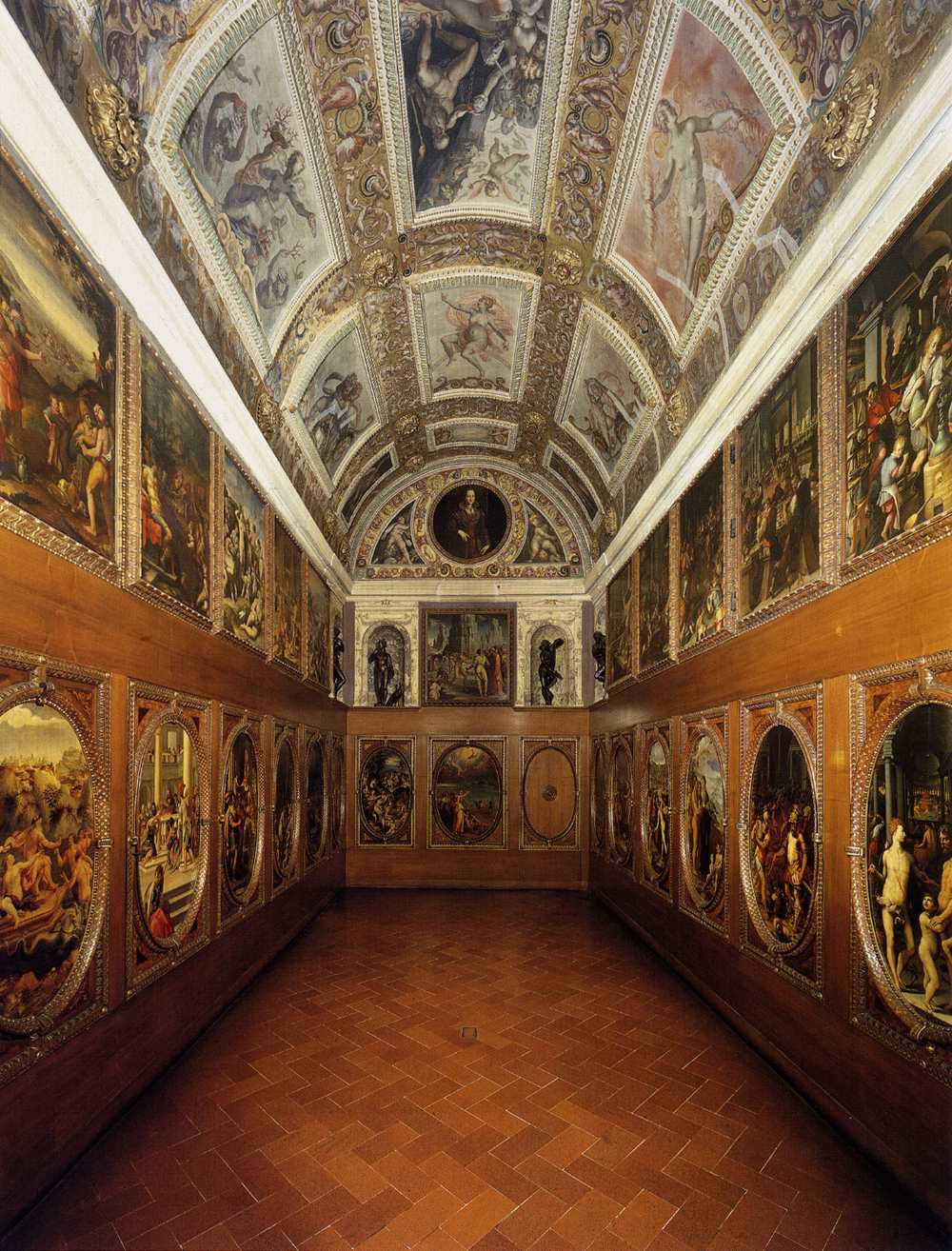
Despite his architecture and paintings, Vasari’s real fame derives from his massive book, Lives of the Most Eminent Painters, Sculptors and Architects, which was dedicated to Cosimo de’Medici. In it, Vasari offers his own critique of Western Art: the excellence of the art of classical antiquity was followed by a decline of quality during the Dark Ages, which was in turn reversed by a renaissance of the arts in Tuscany in the 14th century. It included a
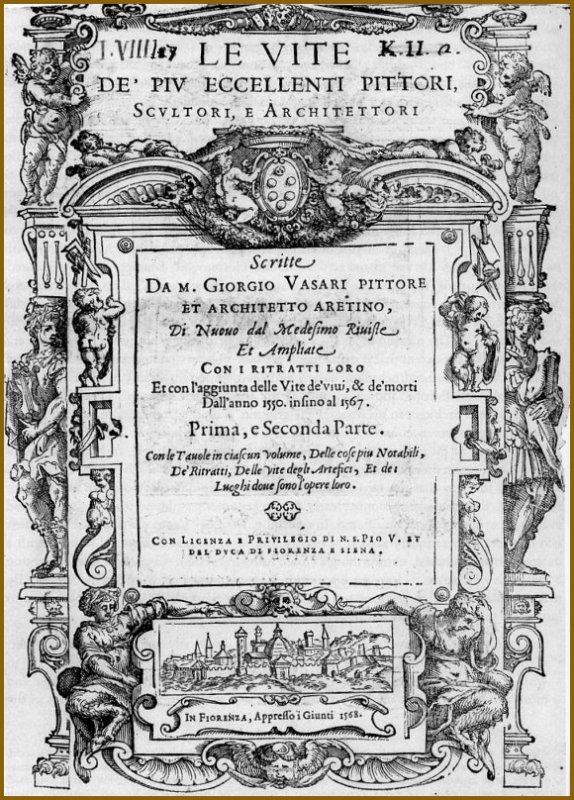
lengthy series of artist biographies. The work has a consistent bias in favor of Florentine artists and tends to attribute to them all the developments in Renaissance art. Vasari’s biographies are interspersed with amusing gossip, frequently of dubious veracity.
Vasari enjoyed high repute during his lifetime and amassed a considerable fortune. He died in Florence in June of 1574.
![]()

Another really great, fascinating post 🙂
Thanks. I’d referenced him so much because he was the biographer of the artists of the time, I felt he needed his own blog. I had not idea he was such a great architect!
I really enjoyed your posts, Noelle, and this one is right up there with the best. Good to know he didn’t live in near poverty, like so many artists.
And I had no idea about his architecture, so I learned something new!